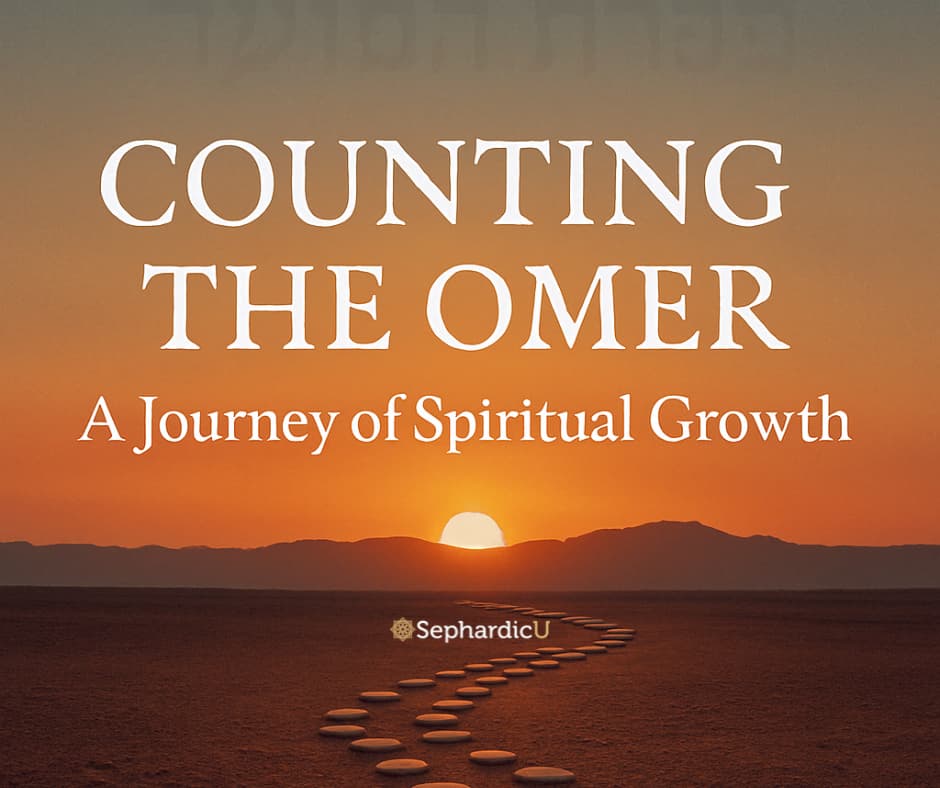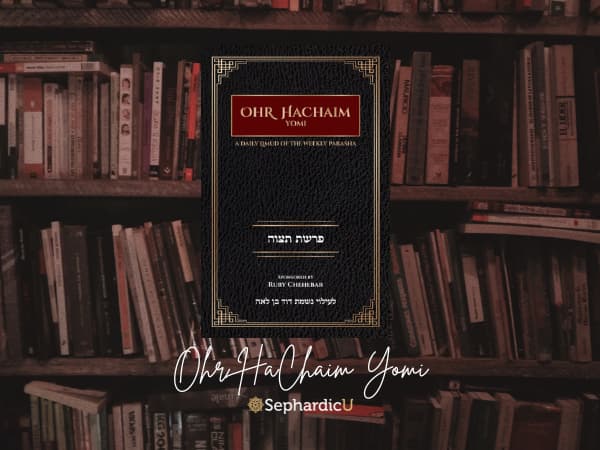Counting the Omer connects us with a remarkable journey—a step‐by‐step progression from slavery in Egypt to the birth of a liberated, monotheistic nation at Mount Sinai. This daily observance engages us physically and spiritually as we mark each of the 49 days between Passover and Shavuot. In this guide, we explain the history of counting the Omer, discuss its significance, and provide practical tips on how to observe this sacred practice.
The History of the Omer
Counting the Omer has an ancient origin that researchers and rabbis trace back to biblical times. Jewish tradition teaches that counting the days is not merely about tracking time; it represents a spiritual journey that refines our character and connects our soul to a higher purpose.
In Ancient Tradition
Jewish sources describe counting the Omer as a commandment given at Sinai. The ritual observed by our ancestors reflected their growth from hardship into spiritual freedom. Early rabbinic literature shows diverse opinions regarding the continuity of the count. Some rabbis teach that every day stands alone as an independent mitzvah. Others argue that missing a day interrupts the sequence, thereby complicating the blessing recited on subsequent days.
Faithful practitioners appreciate that each day contributes to a larger, transformative narrative. Over the centuries, communities have maintained this practice while also facing everyday human challenges. The tradition evolves while keeping its deep historical roots intact.
Modern Historical Perspectives
Today, historians and religious scholars examine texts and oral traditions to understand the evolution of counting the Omer. They investigate how historical events, social circumstances, and spiritual movements influenced rabbinic rulings on this mitzvah. In every era, counting the Omer has served as a bridge between the past and the present. Readers interested in an in-depth analysis can read our full article on the subject here.
The Significance of Counting the Omer
Counting the Omer holds profound significance for those who practice it. Every day’s count expresses personal growth and spiritual preparation for receiving the Torah on Shavuot. This observance symbolizes hope, transformation, and commitment.
Spiritual Growth Through Counting the Omer
Counting the Omer actively engages our mind and heart. Each day, practitioners proclaim the current count with a blessing, renewing their dedication to growth and improvement. This ritual not only marks time but also reminds us that every day offers an opportunity for renewal. Many people find that the continuous, mindful counting helps them overcome anxiety and distractions. Instead of falling into obsessive routines, practitioners experience the joyous anticipation of spiritual change.
The Omer count embodies the idea that transformation occurs gradually. By focusing on daily progress, individuals reinforce their connection to tradition while embracing the challenges of modern life. This daily exercise instills both discipline and hope, demonstrating that every moment counts.
The Community Aspect of Counting the Omer
Observing the counting of the Omer unites communities worldwide. Congregations come together in synagogues and study halls to share in the collective journey. Public counting reinforces not only individual resolve but also community cohesion. Leaders and educators emphasize that every day matters, and each person plays a role in upholding the tradition. This shared experience helps build mutual support and collective resilience. Community observance of counting the Omer becomes a vibrant celebration of Jewish heritage.
Practical Guide to Counting the Omer
Incorporate counting the Omer into your daily routine by following simple, practical steps. Our guide provides clear instructions, helping you maintain focus and consistency.
Daily Routine and Best Practices
Start your day by setting aside a quiet moment. Recite the blessing and announce the current day of the Omer. Maintain a dedicated journal or use an app to track your progress. These proactive steps ensure that you keep accurate count. A clear and structured routine prevents errors and reinforces the importance of each day.
As you count, keep in mind the tradition’s inspirational history. Embrace the spirit of transformation that it represents. By aligning your daily actions with a time-honored practice, you invest in both spiritual and personal development.
Overcoming Common Challenges in Counting the Omer
Many wonder what to do if they skip a day or become unsure about their count. Scholars offer practical advice for such challenges. For example, if you miss a day, some authorities recommend continuing the count without the blessing until you regain certainty. Clear guidance from trusted sources can help allay anxieties and ensure that counting remains a positive experience.
One of the common questions people have is: What if I forgot to count one night? Jewish law provides answers based on whether the blessing was said, whether it was caught up the next day, and other factors.
To understand what to do if you miss a night, and why it’s still important to continue, read our full article:
👉 Omer: Keep Counting
Understand that counting the Omer is a journey rather than a competition. Each day presents a chance for reflection and growth. By following clear guidelines, you honor the tradition while addressing modern concerns. This balanced approach empowers you to experience it as both a communal and a personal expedition.
Exploring External Resources
Enhance your understanding of counting the Omer by exploring trusted external resources. These links offer additional insights, texts, and prayers that deepen your practice.
Embed the Hebcal Omer Page
For an interactive experience, embed the Hebcal page directly into your website. The following code displays the Hebcal Omer widget for the Hebrew year 5785:
Visitors can view the current day's Omer count and click the widget to learn more on Hebcal.com. This simple integration enhances your site’s engagement while providing dynamic content.
Linking to Sefaria for Prayers
For prayers and additional resources, link your readers to Sefaria. Discover the prayers associated with counting the Omer on this Sefaria page. This resource offers translations and commentaries, which help enrich your understanding of the practice.
These external resources allow your readers to explore both practical and scholarly perspectives on counting the Omer.
Conclusion and Reflection
The Omer encapsulates a transformative journey that links modern practitioners with ancient tradition. This daily observance serves as both a discipline and a celebration of change. By following the historical guidance and embracing practical routines, you can make your counting the Omer an enriching experience.
As you build your personal practice, remember that every day counts. Whether you consult trusted texts, follow community rituals, or engage in introspection, counting the Omer stands as a reminder that growth happens one day at a time. Embrace the tradition with confidence, and let the process ignite your spiritual journey.








Ohr HaChaim Yomi – Emor